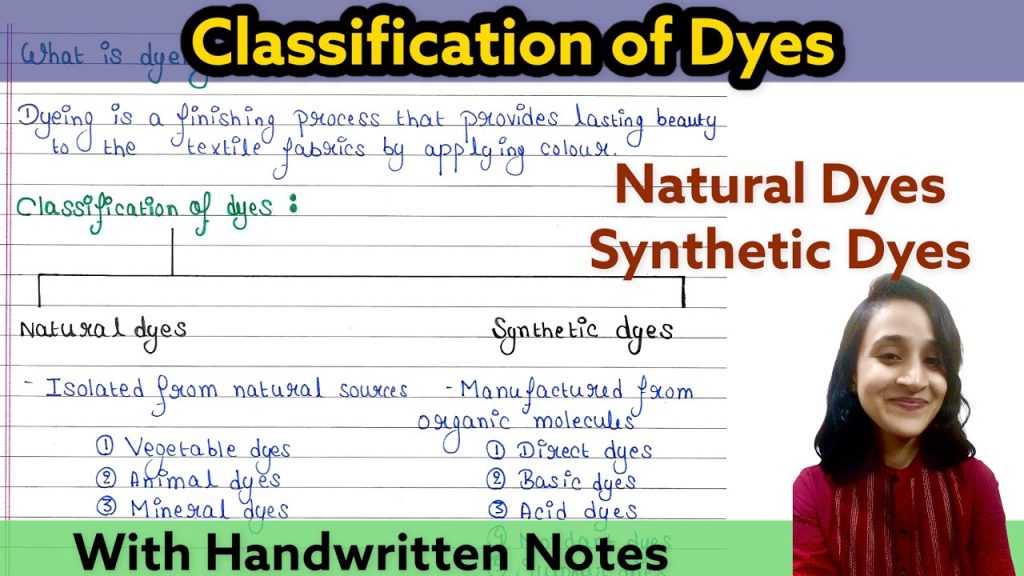Animal dyes are a type of natural dye that is derived from animals. These dyes have been used for centuries to create vibrant and long-lasting colors. They are often prized for their rich hues and ability to create unique shades that are difficult to replicate with synthetic dyes.
Animal dyes can be sourced from a variety of animals, including insects, mollusks, and even certain species of fish. These dyes are typically extracted from the animal’s body or secretions and then used to dye fabrics, yarns, and other materials.
Examples of Animal Dyes
One of the most well-known examples of animal dyes is cochineal, which is derived from the bodies of the cochineal insect. This dye produces a vibrant red color that has been used for centuries in textiles and cosmetics. Another example is indigo, which is derived from the leaves of the indigo plant and produces a deep blue color.
Another popular animal dye is Tyrian purple, which is extracted from certain species of sea snails. This dye was highly prized in ancient times and was used to dye the clothing of royalty and nobility. Additionally, kermes, a dye derived from the bodies of a small scale insect, produces a rich crimson color that was once highly sought after.
Some other examples of animal dyes include murex purple, which is extracted from a type of sea snail, and carmine, which is derived from the bodies of the cochineal insect. These dyes are prized for their vibrant colors and ability to create unique shades that are difficult to replicate with synthetic dyes.
Overall, animal dyes have been used for centuries to create beautiful and long-lasting colors. While some may argue that the use of animal dyes is controversial due to the extraction process, there is no denying the beauty and uniqueness of the colors that these dyes produce.
In conclusion, animal dyes are a fascinating and historic way to create vibrant and long-lasting colors. From cochineal to Tyrian purple, these dyes have been prized for their rich hues and ability to create unique shades. While the use of animal dyes may be controversial, there is no denying the beauty and historical significance of these natural dyes.

